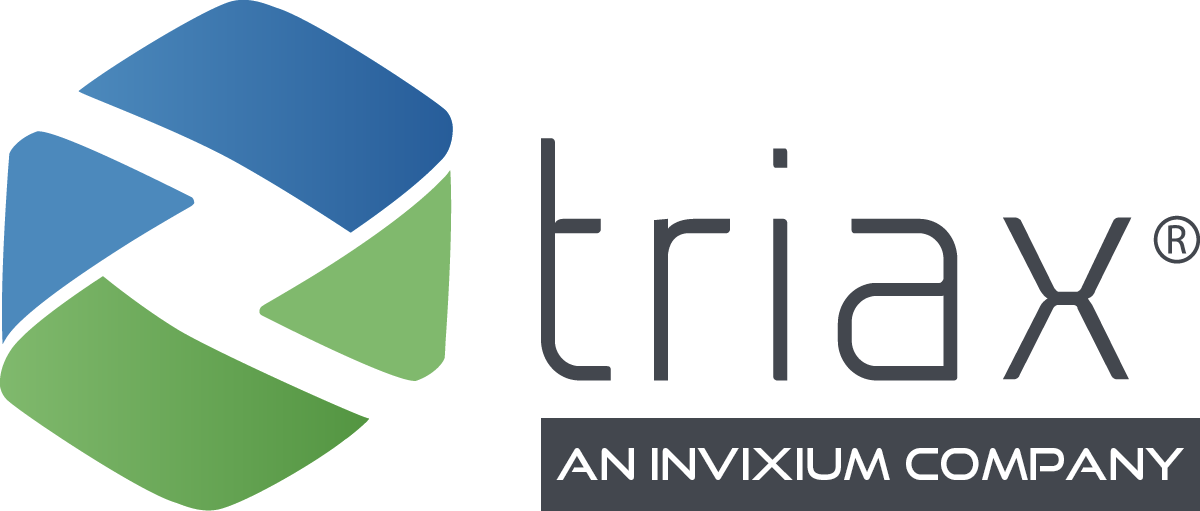As the COVID-19 Omicron variant continues to rapidly spread, many jobsites are being forced to halt production due to widespread worker infections. According to the CDC, almost one million new cases are reported per day in the US, and that number doesn’t seem to be slowing down any time soon.
The impact of a jobsite shutdown is huge. The estimated cost of a single one-week closure is reported to set organizations back a minimum of $770k.
Don’t let Omicron slow your organization down. With our COVID Management System, we identified three key elements to ensure that your workforce is protected against COVID-19.
#1: Automated Contact Tracing
Calling every employee who shared a shift and an office space with an individual who, despite following the above precautions still had a breakthrough case of COVID is a very inexact and inefficient way to handle worker alerts. It misses out on any interactions between workers who don’t share a workspace but who rather bumped into each other in the halls or in the company cantina. It also takes up staff hours to find, call, and verify the test status of everyone who might have been exposed regardless of actual exposure risk.
While enforcing social distancing and vaccine and testing document management can be largely answered through diligent buy in from the workforce to follow social norms in a company, contact tracing is one of those areas where good leaders accept the need to improve company infrastructure to reduce the risk of runaway viral transmission and shutdowns that massively impact the company’s bottom line.
#2: Enforce social distancing
When workers spend too much time less than 6 feet apart, the chance of transmission rises tremendously.
Many active jobsites fall into the deadly triangle of indoor, poorly ventilated places where ambient noise levels require loud speaking to communicate. Mitigating risk of worker sickness and superspreader events is incredibly challenging, but again the use of smart, automated reminders to workers that they are too close and need to open up the gap between them has proven very effective at reducing spread of COVID.
#3: Vaccine & Testing Document Management
While the OSHA ETS requiring that all jobsites with more than 101 workers maintain records on workforce vaccination has been shot down by the Supreme Court, vaccine compliance remains a best practice that many industry leaders have adopted to improve worker health. Of course, keeping records up to date as to who has vaccinations—and if they have received their booster shot or not—is an increasingly complex certification headache.
Minimizing human error in these instances is important, and automated solutions are critically important to ease overhead and wasted labor.
What is your company doing to manage risk of COVID outbreaks at your job site? How has your workforce responded to the measures taken to date?

